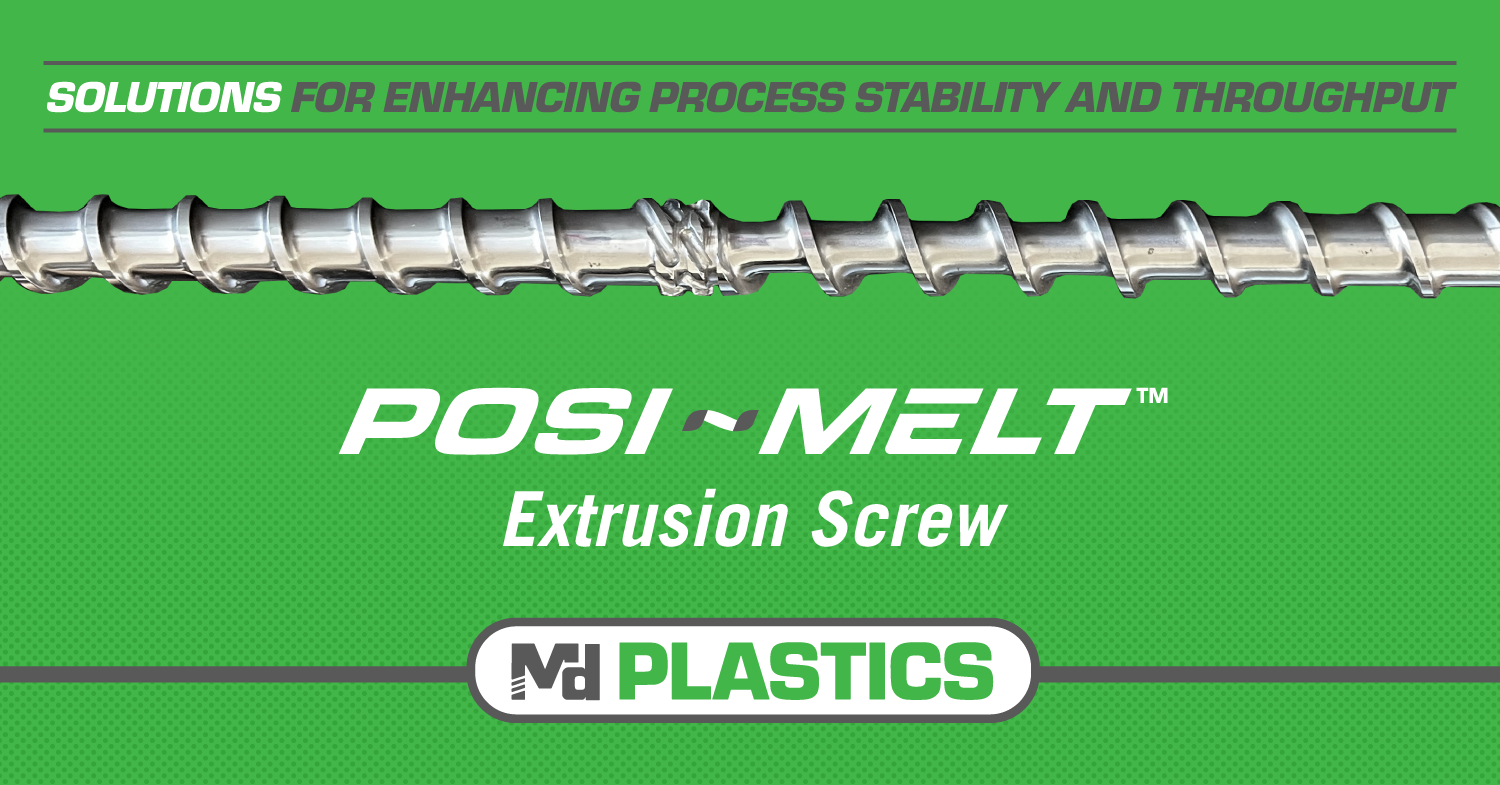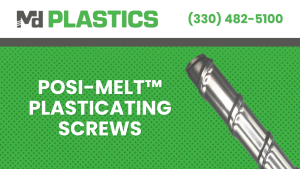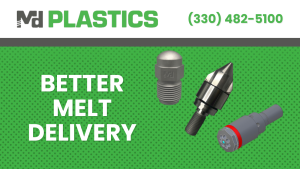Selecting the right extrusion screw is crucial for optimizing plastics processing efficiency. The design of an extrusion screw directly impacts melt uniformity, shear rate, material homogeneity, and overall production performance. Without the right screw configuration, manufacturers may experience inefficiencies such as poor mixing, excessive energy consumption, material degradation, and inconsistent product quality.
Understanding Extrusion Screw Design and Its Impact
An extrusion screw is a helical structure that moves raw plastic material through a heated barrel, melting and mixing it before shaping it into a final product. The design of the screw plays a vital role in controlling the plastic’s viscosity, ensuring uniform melt, and optimizing throughput.
Screw designs vary based on:
- Channel depth and pitch: Affecting melting rate and mixing quality.
- Flight profile and compression ratio: Influencing shear rate and material homogeneity.
- L/D ratio (length-to-diameter ratio): Dictating residence time and pressure development.
- Barrier, mixing, and venting sections: Enhancing melting consistency and degassing.
Each of these factors influences the efficiency of the extrusion process, determining the quality and uniformity of the final plastic product.
Key Factors to Consider When Selecting an Extrusion Screw
Choosing the right extrusion screw involves evaluating several critical parameters to match your processing requirements. Here are some key factors to consider:
The Role of Screw Geometry in Processing Efficiency
Screw geometry determines how the material is conveyed, compressed, and melted. There are three primary zones in a standard extrusion screw:
- Feed Zone: The first section of the screw, responsible for receiving and preheating raw material.
- Compression Zone: Where material experiences shear and melting, essential for uniform processing.
- Metering Zone: Ensuring fully molten and homogeneous plastic before it exits the die.
Specialized screw designs, such as barrier screws, vented screws, or Maddock mixers, further enhance processing efficiency by improving melting rates, dispersive mixing, and degassing.
How Material and Coatings Affect Screw Performance
The choice of screw material and coatings impacts longevity, wear resistance, and corrosion protection.
- Tool steel: High-wear resistance, ideal for abrasive materials.
- Nitrided steel: Cost-effective and provides moderate wear resistance.
- Chrome-plated screws: Offer corrosion resistance for PVC and fluoropolymers.
- Carbide-coated screws: Extend lifespan in high-shear applications.
Selecting the right material and coating prevents premature wear, reducing downtime and maintenance costs.
Processing Requirements and Material Compatibility
Different polymers have unique processing requirements. Choosing the right extrusion screw means considering:
- Shear-sensitive materials (e.g., PVC, LDPE): Require low-shear screws to prevent degradation.
- High-viscosity polymers (e.g., HDPE, PET): Benefit from screws with higher compression ratios for improved homogenization.
- Reinforced plastics (e.g., glass-filled nylon): Need screws with wear-resistant coatings to withstand abrasion.
Matching the screw design to the polymer ensures optimal melt quality and consistency.
Comparing Single-Screw vs. Twin-Screw Extruders
Choosing between a single-screw and a twin-screw extruder depends on the production application and material requirements.
Single-Screw Extruders
- Pros:
- Simpler design and lower cost
- Suitable for most commodity plastics
- Lower energy consumption
- Cons:
- Limited mixing and blending capabilities
- Poor control over material residence time
Twin-Screw Extruders
- Pros:
- Superior mixing and compounding performance
- Better control over residence time and pressure
- Ideal for complex formulations and high-output applications
- Cons:
- Higher initial cost and maintenance
- Increased energy demand
For applications requiring precise control over additives and fillers, twin-screw extruders offer better efficiency and performance.
Common Mistakes in Extrusion Screw Selection
Avoiding common mistakes ensures optimal extrusion efficiency:
- Selecting an incompatible screw design: A screw not tailored to the material can cause inefficiencies, excessive shear, or poor melt quality.
- Ignoring wear-resistant coatings: Overlooking proper coatings can lead to premature screw wear and inconsistent product quality.
- Overlooking compression ratio considerations: Using an incorrect compression ratio may result in excessive energy use or material degradation.
- Failing to consider output requirements: An improperly sized screw can lead to underperformance and reduced production rates.
Get the Right Extrusion Screw with Md Plastics
Selecting the right extrusion screw is a critical decision that impacts plastics processing efficiency, product quality, and operational cost. By understanding screw geometry, material compatibility, and processing requirements, you can optimize your extrusion process for peak performance.
At Md Plastics, we have been designing and manufacturing high-performance plasticating components since 1999. Our team has the technical expertise, decades of experience, and a disciplined mindset to help you select the best extrusion screw for your application. Contact us today to explore our innovative solutions and enhance your plastics processing efficiency!




